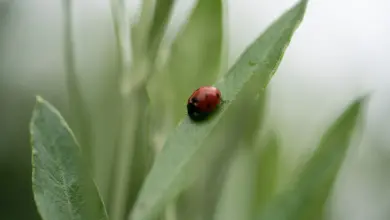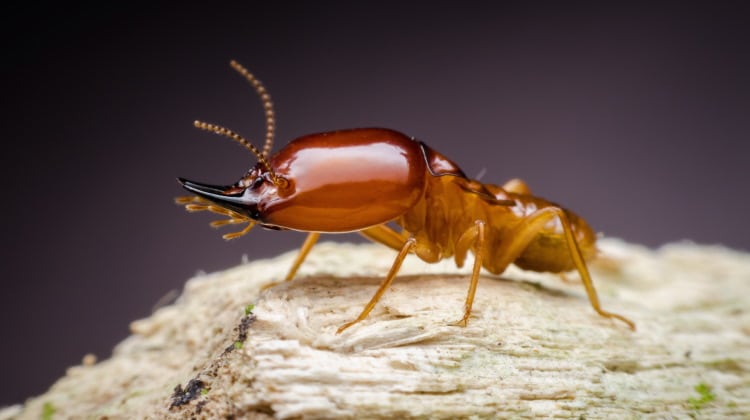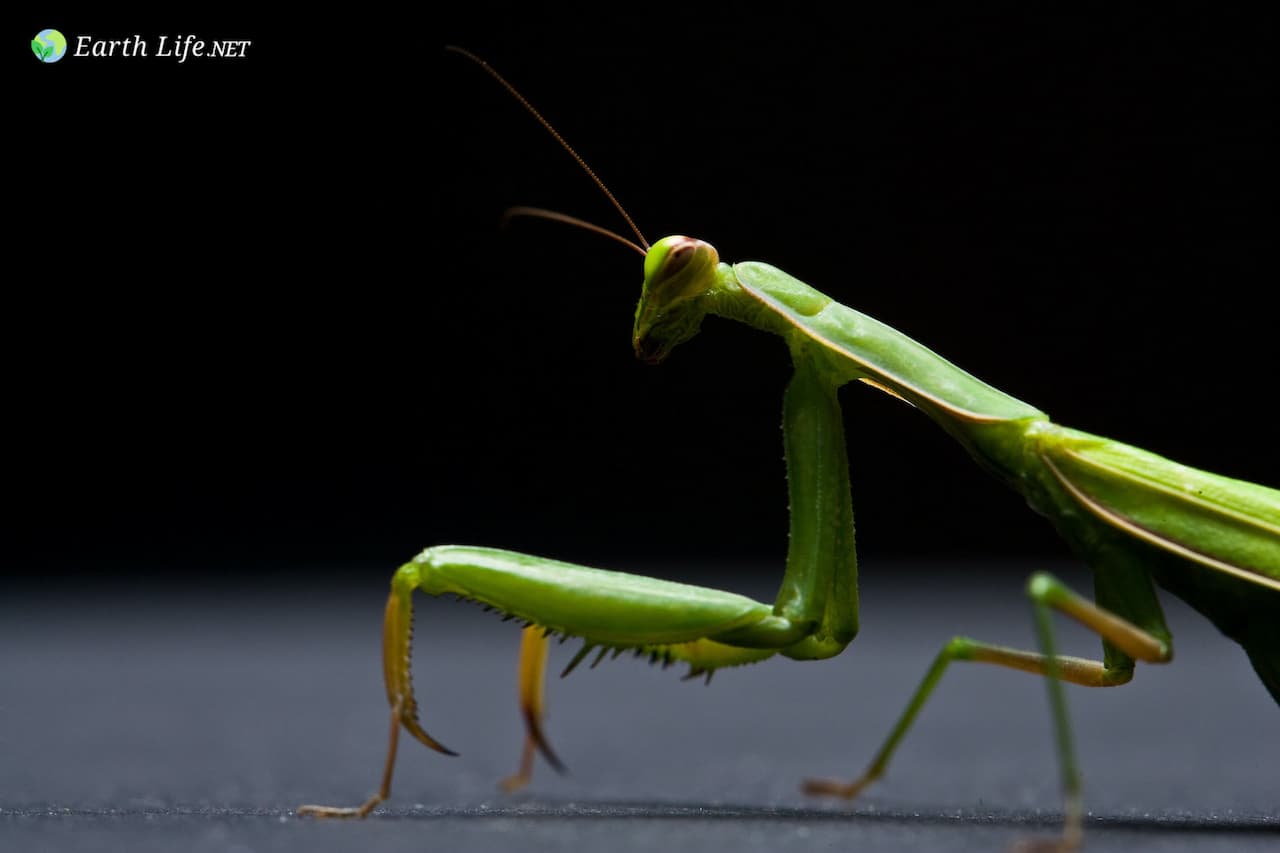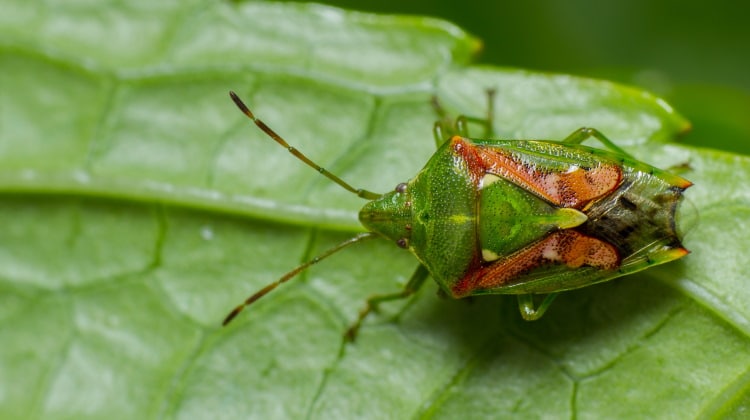Do Insects Have Tails?
Do Insects Have Tails?
[modified-date]
[social-share]
By studying fossils dating back millions of years, scientists can now state how and when animals developed tails and why they needed them. Often a neglected limb on an animal’s body, whether they are reptiles, birds, mammals, or insects, tails have evolved to have a variety of purposes.
But why do insects still have them? Do all insect species have them? What are they used for?
Throughout evolution, insects have cultivated many genetic tools and developed a segmented body plan consisting of a head, thorax, and abdomen.
During embryogenesis, insects also acquire many common features, including tails. The abdomen can have up to 11 noticeable segments where the tails of the insects are located for many different reasons.
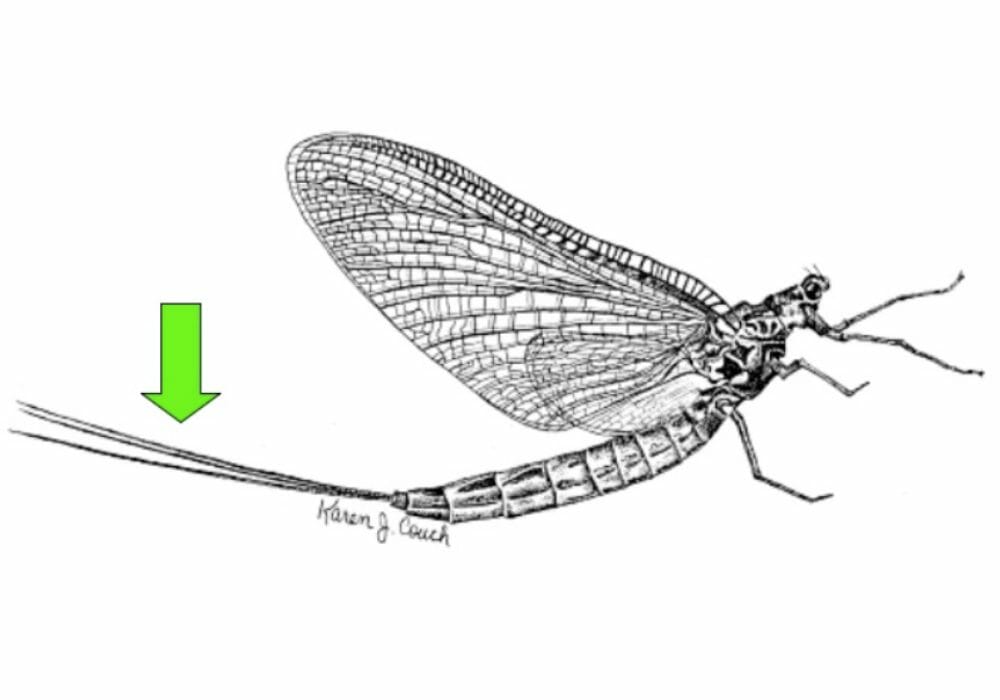
Did you Know?
An insect’s tail is not an extension of its spine. Unlike other animals, an insect’s tail is a delicate extension of its abdomen that they have evolved as a means of protection and balance.
Variance Of Insect Tails By Species
Tail-like appendages or extensions from an insect’s abdomen are also known as cerci and vary in numbers depending on the species.
While different insect species have evolved in many different shapes and sizes, all long-tailed insects share a feature: a slim abdomen that elongates to a pointed end.
Mayflies
With over 20 families and over 2,000 species, mayflies are the world’s oldest and most primitive-winged insects. They are soft-bodied insects with two pairs of wings and three long terminal tails.
Related articles:
- The insect heart: do they have?
- Do Insects Feel Pain?
- External insects morphology
- Do insects have internal organs?
- Do insects have a backbone?
- Why Do Insects Need To Taste?
Crawling mayflies have three short tails extending from the rounded tip of their abdomen. Small mayflies, however, have only two tails extending from their abdomen of a similar length to their whole body.

Out of these subspecies, the longer tails are said to give them more stability and defense against other attacking mayflies or predators. The longer the tail extension, the quicker mayflies fly, as they are more aerodynamic.
The tails also act as rudders, allowing them to alter their direction quickly while navigating through dense vegetation. March Brown adult Mayflies use their long tail to balance while hovering in mid-air, scouting for prey below them.
Ecdyonurus Torrentis
Found in moist areas such as streams with strong currents across Europe, this insect uses its slim abdomen and long tail to help navigate the currents in the water.
Silverfish
These insect species are primitive, wingless insects with tapered tails that they use to outrun predators weaving through vegetation. Their bodies are elongated and flat, with three abdominal tails extending in equal lengths with bristles along them.
Butterflies And Moths
Many flying insect species of both moths and butterflies have long tails, but the reasons for their tail length variance and prevalence could be more researched.

Most researchers agree that long tails for both moths and butterflies have evolved as defensive mechanisms due to their delicate physical structure.
Sensory ecologist, Jesse Barber from Boise State University, discovered in 2015 how silk moths use their long tails to perplex predatory bat species and deter them from attacking.
As bats are very blind, a bat’s most essential and powerful tool is its ability to use sonar or echolocation while hunting. This enables them to detect and ‘see’ their prey in the air while flying.
The long tails extending from the bottom of its wings disturb the bat’s radar and effectively act as an antipredator deflection mechanism.
Swallowtails are one of the largest butterfly species, with a tail length almost the length of their wingspan. Their tails are characteristically long and black with a white tip on the end, which coincidentally messes with predatory bats’ echolocation and other predators’ eyesight.
Conclusion
The presence of tails in insects is evident across an abundance of species and for a few inadequately researched reasons. However, an insect’s various tails and tail positions serve everyday purposes to aid an insect’s mobility when flying, balance, and defense against much larger predators.
Founder of Re-Educating Earthlings environmental education platform | Children’s Author | Freelance environmental writer | ‘No one can do everything, but, someone can do something’. LinkedIn Profile.
Disclaimer
Earthlife.net does not provide medical advice. We do our best to help users understand the science behind living beings; however, the content in the articles and on the website is not intended to substitute for consultation with a qualified expert. By interacting with the website and/or our email service, you agree to our disclaimer. Remember that you must consult a specialist before using any of the products or advice on the web.

